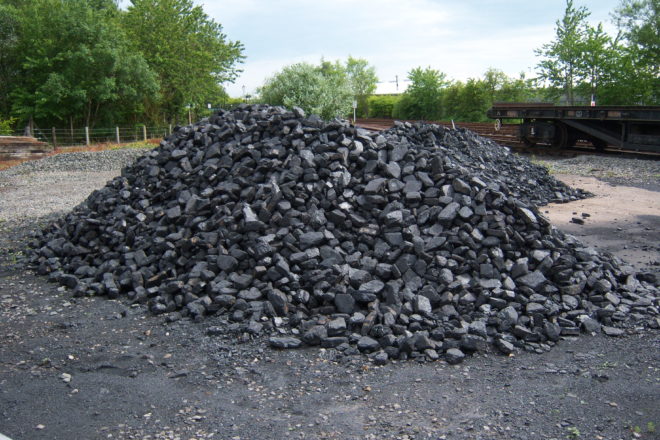By the Numbers: Coal
- Share
- Tweet
- Pin
- Share

Due to its abundance and affordability, coal remains a major source of global energy production. Here are some numbers to show that coal is still with us.
1
China is the No. 1 coal producer and consumer, followed by the United States.
1.7
The percentage world coal consumption fell in 2016, which was the third consecutive annual decline, led by the U.S. with an 8.8 percent drop from the previous year.
5
The number of countries that accounted for the majority of global coal consumption (2016 figures) – China (3.546 billion tons), India (922 million tons), the U.S. (661 million tons), Germany (226 million tons), Russia (210 million tons)..
10
The number of countries that produce the bulk of the world’s coal (with 2016 figures). They are China, 1.685 billion tons (a 7.9 percent decrease from the previous year); the U.S., 364.8 million tons (a 19 percent decrease); Australia, 299.3 million tons (a 2.4 percent decrease); India, 288.5 million tons (a 2.4 percent increase); Indonesia, 255.7 million tons (a 2.4 percent increase); Russia, 192.8 million tons (a 3.1 percent increase); South Africa, 142.4 million tons (a 0.6 percent decrease); Kazakhstan, 44.1 million tons (a 4.9 percent decrease); Colombia, 62.5 million tons (a 5.5 percent increase); Poland, 52.3 million tons (a 1.5 percent decrease).
11
The estimated percentage of the global coal production consumed in the U.S.
13
The approximate percentage of the global coal supply that is produced in the U.S.
40
The percentage of world electricity production that is generated by coal.
50,030
The number of people employed in the U.S. coal mining industry (as of Feb. 2017). Twenty-five years ago the number was 131,000.
869 billion
The amount in tons of estimated coal reserves, which means it should last 115 years longer than reserves of oil and gas.
Source: worlddata.io, bls.gov, bp.com
